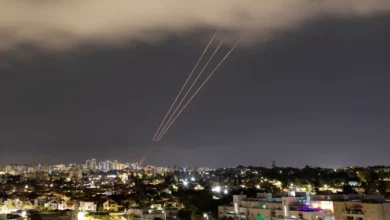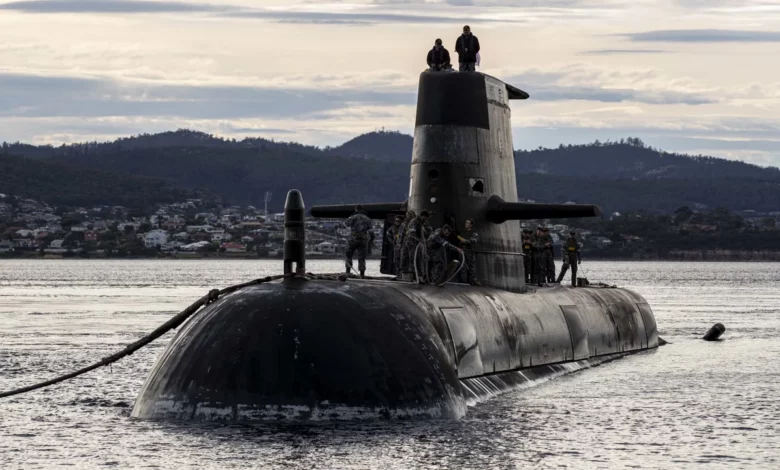
Launching the Defense Strategic Review in Canberra, Prime Minister Anthony Albanese said his government’s strategy was designed to make Australia more self reliant, more prepared and more secure.
“We cannot fall back on old assumptions. We must build and strengthen our security by seeking to shape the future rather than waiting for the future to shape us,” Albanese said.
The review examined billions of dollars committed by the previous government and reassessed their value against perceived threats, including from an increasingly muscular China under leader Xi Jinping.
Though the unclassified version of the report didn’t include confidential assessments of specific threats, it noted that Australia’s largest defense ally, the United States, is “no longer the unipolar leader of the Indo-Pacific”.
“China’s assertion of sovereignty over the South China Sea threatens the global rules-based order in the Indo-Pacific in a way that adversely impacts Australia’s national interests,” the review said.
The highest level of strategic risk that Australia now faces is the prospect of a major conflict in the region, the review added, suggesting a strategy of greater self-sufficiency combined with stronger relationships with its allies and key powers in the region, including Japan and India.
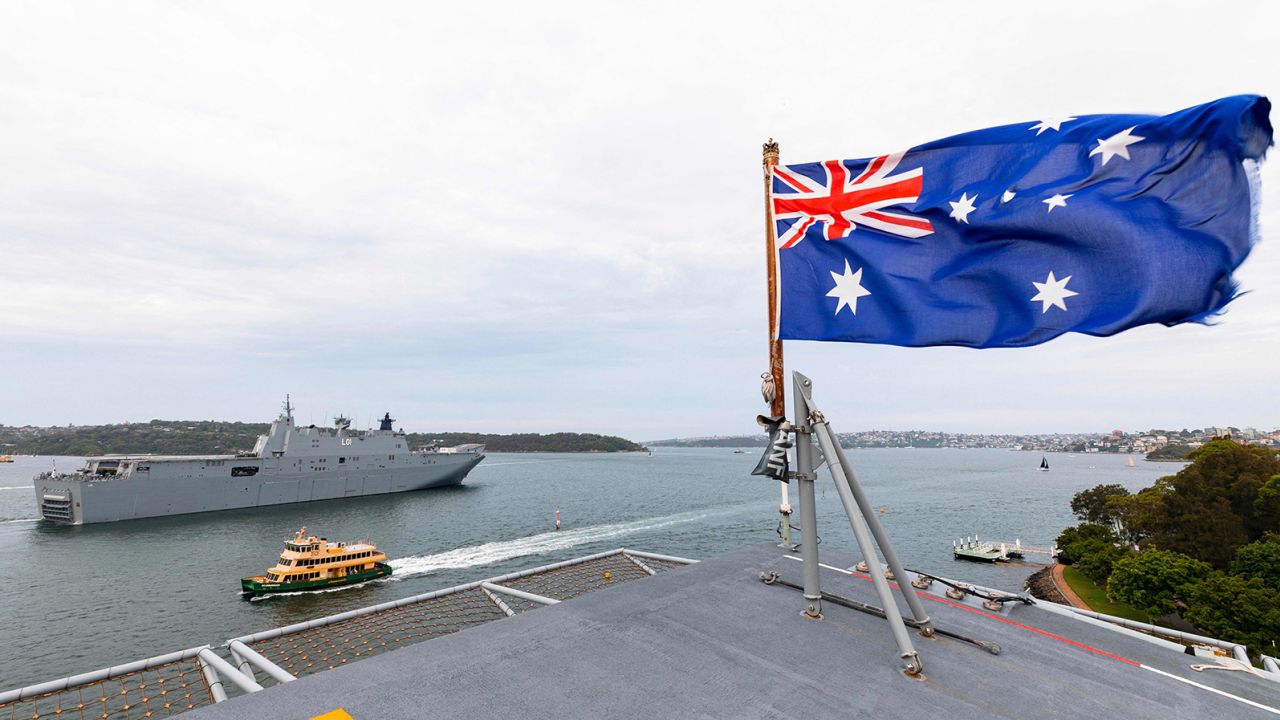
Recasting Australia’s defense mission
For decades, Australia’s remoteness fostered the assumption that any attack would come with a 10-hour warning. Now, countries are able to “project combat power” through assaults on supply routes and cyber warfare, the review said.
“The rise of the ‘missile age’ in modern warfare… has radically reduced Australia’s geographic benefits (and) the comfort of distance,” the report said.
Additionally, the Covid-19 pandemic had exposed Australia’s vulnerability to global supply chains, Albanese told reporters, meaning it was necessary for the country to become more self-sufficient.
“We need to have greater control over our national sovereignty. So not only is manufacturing things in Australia, good for jobs and good for our economy, there’s also a national security issue,” he said.
Defense Minister Richard Marles said the defense posture that had served Australia well for decades was “no longer fit for purpose” and the review recasts the mission of the Australian Defence Force (ADF).
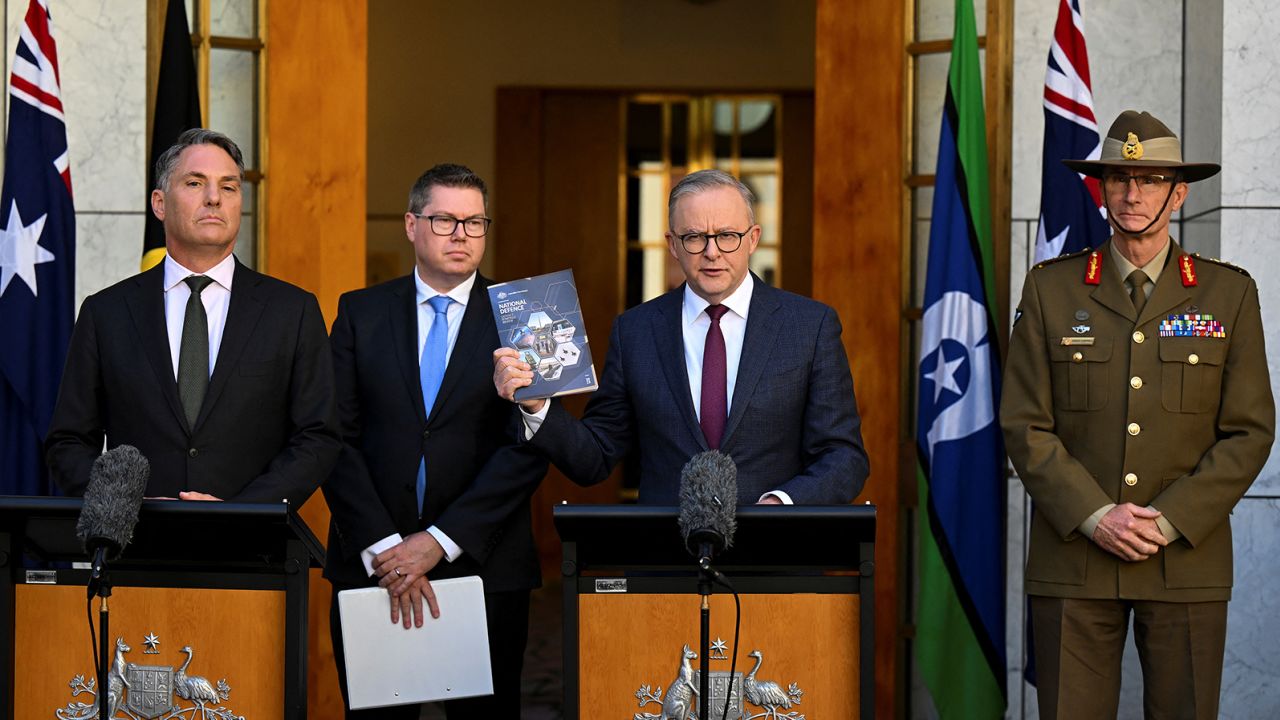
Its new redefined purpose is to defend the nation, project power to its northern approaches, and to maintain the global rules based order with its allies, Marles said.
The review recommended Australia adopt a “strategy of denial,” defined as “a defensive approach designed to stop an adversary from succeeding in its goal to coerce states through force, or the threatened use of force, to achieve dominance.”
To that end, the review recommended six priorities starting with developing a nuclear powered submarine program, previously announced under the AUKUS deal with the United States and the United Kingdom.
It also recommends speeding up the acquisition of long-range strike missiles and manufacturing munitions within Australia. The country also wants to improve its defense cooperation with regional neighbors, particularly in the Pacific.
Technical requirements include the need to upgrade the F-35A Joint Strike Fighter and F/A-18F Super Hornet aircraft to operate long-range anti-ship missile systems. An urgent recruitment campaign is also needed to boost the ADF workforce, including the numbers of workers in shipyards to expand the submarine force.
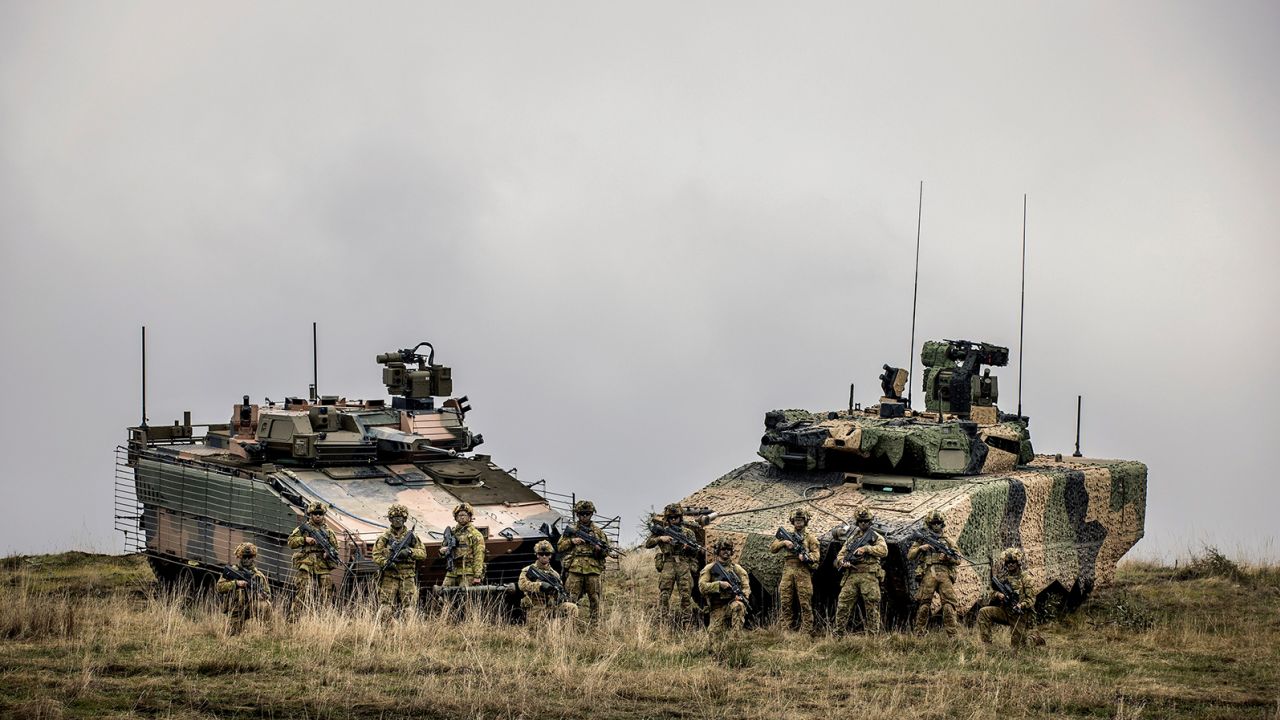
Shifting priorities and cuts
The shuffling of priorities means funding for some programs will be cut.
For example, plans to purchase 450 Infantry Fighting Vehicles have been slashed to just 129. The money saved will be spent on more HIMARS rocket systems, which have been used to deadly effect in Ukraine, and landing crafts, to give the army greater mobility.
The Infantry Fighting Vehicles were to have been sourced from either Hanwha Defense Australia and Rheinmetall Defence Australia, the two shortlisted tenders that are Australian arms of South Korean and German companies. The government has already held talks with the governments of those countries, said Defense Industry Minister Pat Conroy.
“An infantry fighting vehicle capability is an important part of a modern Australian army. But we also need the capacity to deploy them and that’s why we’re investing in landing craft medium and heavy and investing in a generational change in long range strike for the Australian Army as well,” Conroy said.
Previous shifts in Australia’s defense procurement plans have angered allies, particularly France, which fumed over the former government’s cancellation of a 90 billion dollar ($60 billion) submarine deal in favor of the AUKUS program.
This government has vowed to be more nimble in making decisions about defence projects, streamlining those that are considered more strategically important. The review pointed to the need for the Australian government to “abandon its pursuit of the perfect solution.”
“The pursuit of the perfect has often been done at the expense of time. There is an opportunity cost and a capability cost associated with that. So we need to rebalance that,” said Marles.



